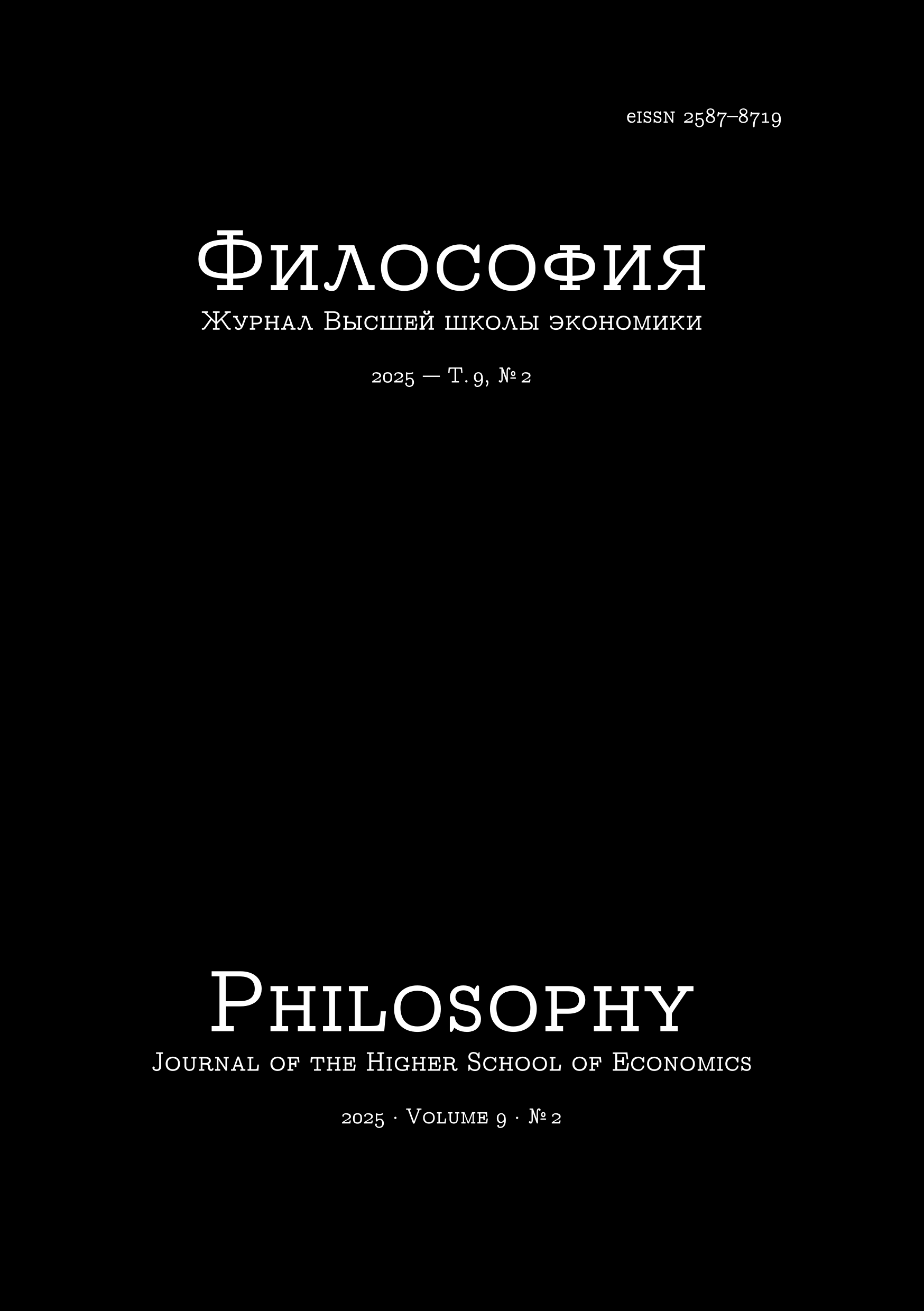The Concept of crimen laesae majestatis in French Law of the Late Middle Ages
Abstract
The article is devoted to the treatise “The Justification of the Duke of Burgundy”, written by Jean Petit in 1408 in defense of Jean the Fearless, Duke of Burgundy, who was found guilty of murdering Louis of Orleans, the brother of Charles VI. It was in this treatise that a detailed theory of crimen laesae majestatis, i.e. of the crimes directed against the greatness of the monarch, was presented for the first time in the practice of the French Kingdom. At the beginning of the 15th century, there was no such detailed description and justification of this type of crime in any legal treatise, or in the collections of customary law, or in royal legislation. The author of the article analyzes all possible sources that could inspire Jean Petit to create his theory: first of all, the treatise “On Tyranny” written by Bartolo da Sassoferrato and the treatise “Diligite justiciam” written by Jean Gerson. The author of the article demonstrates the close connection of the “Justification” with the legal ideas of the Italian postglossator. At the same time, Jean Petit's moral justification for the murder of a man who committed crimen laesae majestatis refers to the reflections of the famous French theologian.
Downloads
Copyright (c) 2025 Philosophy Journal of the Higher School of Economics

This work is licensed under a Creative Commons Attribution-NonCommercial 4.0 International License.






